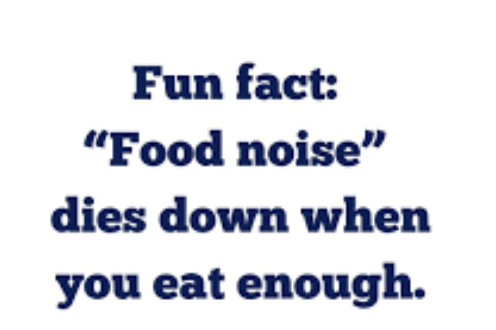I wish I could go back in time and tell my 20-something self a few things about nutrition—and about how our bodies change as we age. Back then, I was chasing “health” through diets, food rules, and the constant pressure to be thinner.
Now, as someone who’s entered the menopausal chapter of life, I see it so differently. Aging well isn’t about perfect eating, or fighting your body’s changes. It’s about building a relationship with food that’s flexible, kind, and sustainable for life.
In your 20s, your body might feel strong and resilient. You can bounce back after late nights and pizza runs. But diet culture still sneaks in. Maybe you’re counting calories, skipping carbs, or chasing an ideal weight you think will make everything fall into place. The truth is, restricting or labeling foods “good” or “bad” can set you up for a lifelong struggle. It’s exhausting. And it doesn’t prepare you for the reality that bodies do change—and that’s not a failure.
Fast forward a couple decades, and here comes menopause. Hormones fluctuate, metabolism shifts, and your body might feel foreign. You may feel hungrier, or crave different foods, or notice weight redistributing. I have seen diet culture make attempts to swoop in and sell you detoxes or miracle plans. But please hear me: menopause isn’t a problem to “fix.” It’s a transition. You deserve nourishment, not punishment.
As I think about this, across the decades, here’s what truly matters for aging well:
Eat consistently. Skipping meals or restricting leads to energy crashes, cravings, and stress. Whether you’re 25 or 55, your body thrives on regular fuel.
Honor hunger and fullness. This sounds simple, but diet culture trains us to ignore these cues. Practice checking in with your body, not external rules.
Include protein and fiber. Especially in menopause, protein helps maintain muscle, and fiber supports digestion and keeps you fuller longer. Remember, there’s no single “perfect” way to eat.
Enjoy food emotionally and physically. Food isn’t just fuel. Food is comfort, connection, abd pleasure. You’re allowed to enjoy a slice of cake without guilt.
Be gentle with yourself. Bodies shift shape and size through the decades. That’s normal. It doesn’t mean you’re failing.
Aging well isn’t about defying time or fitting back into jeans from college. It’s about having the energy to live your life, feeling comfortable in your skin, and savoring food without fear.
Whether you’re building habits in your 20s or navigating menopause, the best gift you can give yourself is compassion—and permission to nourish your body with care, not criticism.
As a licensed Clinical Behavioral Therapist and Intuitive Eating Counselor, I’m here to support you. If you’d like to explore working together, feel free to reach out at rachel@livehealthynyc.com.




















